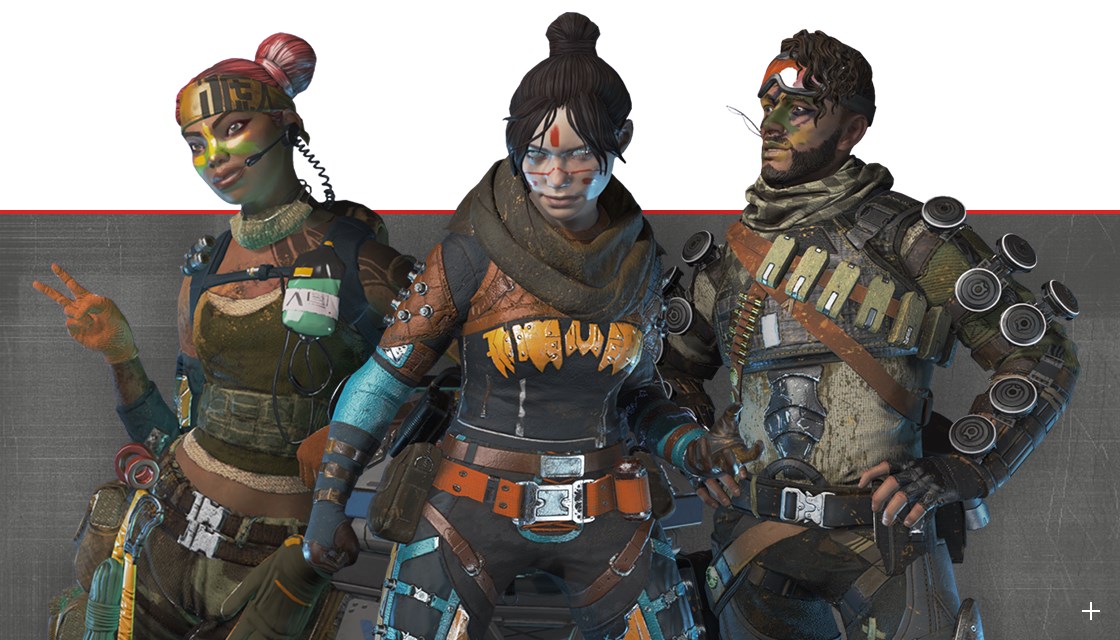Industry experts predict that by the end of this year, the global gaming industry will be worth $300 billion. It’s testament to just how popular gaming has become when you consider that the amount we spend per person on games has reduced while global revenue has increased more than sixteenfold in the space of five years.
Back then, people bought games on CDs or cartridges and took them home to play them on their game consoles or PCs. Today, gaming is more likely to be app-based, especially with the shift to mobile as the platform of choice. Freemium has become the business model of choice, and we all know how it works, at least conceptually.
The game itself is free to download and you can start playing with zero spend. But the upgrades or additional features that are available to “premium” players make it tempting to spend money to explore extra features within the game, to progress faster or to improve your chances of beating either real or virtual adversaries within the game.
Sales psychology
You’ll hear plenty of debate about the ethics of freemium games, and whether developers are right to hook players on a game that’s purportedly free and make it harder and harder for them to achieve in-game objectives without parting with some cash. But what it comes down to is sales psychology, exploiting our human weaknesses just like every other industry has been doing since time immemorial.
In the case of Freemium games, the developers make an in-game environment where we want to spend time, whether it’s on a virtual farm tending carrots or doing battle in a mythical land against dragons or even driving the world’s fastest cars on legendary circuits. They offer daily bonuses as long as we remember to log in each day and set time-critical quests or challenges. All of these things keep us in their world longer, and the more time we spend there, the more worthwhile it seems to invest in upgrades that will make our carrots grow larger or our car go faster.
Isn’t that how casinos operate with free spins?
Keeping you playing so you almost lose track of time and are more likely to reach for your wallet calls to mind an entirely different type of gaming. It’s a strategy casinos have been using for years, blacking out the windows, taking down clocks and offering players free food and drink as long as they carry on playing.
And those daily bonuses? There is certainly a resemblance to freespins promotions in as much as they get you so far, but to keep on playing and have a shot at the big win, you’ll be tempted to throw in some money of your own.
Is Freemium fair?
Clearly, then, the Freemium model might sound like something new, but it is built on strategies and psychological techniques that are as old as the hills. Freemium is a model that is used across a whole range of games, from Farmville-type sims to puzzles like Candy Crush to first person shooters to sports games.
Some criticize Freemium services as unfair, calling it “pay to win” and saying it rewards whoever has the fattest wallet instead of whoever is the more skillful. That’s true to a certain extent, but if you want to excel at any competitive endeavor in the real world, you need to invest money in the best equipment, whether it’s a racecar or a set of golf clubs.
Just how lucrative is the Freemium model?
The big question, however, is how effective it is. We mentioned above that the model is used across multiple game niches, but we can get a sense of how lucrative it is by assessing a couple of the world’s most popular Freemium games.
Research carried out last year suggests that Call of Duty rakes in well over $5 million every single day and has generated almost $2 billion in the space of 12 months. But even that pales into insignificance when you compare it with Fortnite. The sensation of the past decade, Fortnite has more than 350 million players worldwide. Some wonder how a company can just dish out such an amazing game, one that will go down in history as a classic, for free?
The answer lies on the Freemium side of the eequation. Lendedu carried out a survey of Fortnite players a couple of years ago, and it revealed that the average player spends about $85 on the game. That adds up to about $30 billion, and the really clever part is that players feel more inclined to spend because they feel they owe the game something. The reasoning is that the game was free in the first place, so it’s only fair to invest a little in it.
Those two examples illustrate just how effective the Freemium model is, and how the gaming industry is now counting its revenue in the hundreds of millions. As to whether there is anything inherently wrong with it – happy consumers and profitable businesses creating a booming industry sound like just what we need in these challenging times.


